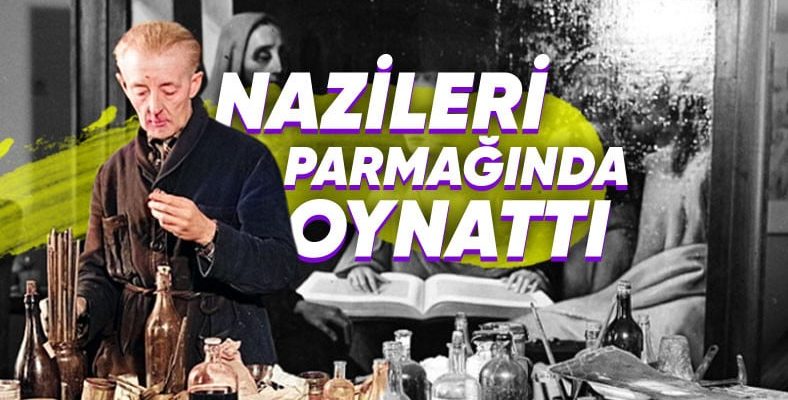We touched upon the life of Han van Meegeren, one of the most interesting and undoubtedly controversial figures in the art world.
Dutch painter and art forger Han van Meegeren, left an indelible mark on the art world during and after World War II. His extraordinary ability to create convincing parodies not only fooled leading art experts, but he also managed to deceive high-ranking Nazi officials, including Hermann Göring, one of Hitler’s closest friends.
This fascinating story Han van Meegeren It reveals how his art was unknowingly intertwined with the dark period of the Nazi occupation in the Netherlands.
Han van Meegeren was enthusiastic about art since his childhood.
Han van Meegeren was born on 10 October 1889 in Deventer, Netherlands. From an early age he displayed a passion for art and an extraordinary talent for imitation. Originally located in The Hague, Netherlands at the Royal Academy of Arts He studied there, but soon the art establishment rejected his innovative techniques. on the grounds that he refused He was disappointed. Moreover, he did not receive any support from his family in this regard. His father wanted van Meegeren to become an architect.
Even though everything seemed to be going well at first, he did not strictly accept new movements such as surrealism and produced works that looked back to the past. For this reason, it attracts attention was having a hard time.
Fueled by ambition and anger, van Meegeren set out to prove his critics wrong. Journey to forgery Johannes Vermeer and Frans Hals He started by meticulously examining the works of Dutch old masters such as. Van Meegeren’s technical skill and deep understanding of these artists’ styles enabled him to recreate their paintings with astonishing accuracy.
The birth of an art hustler…
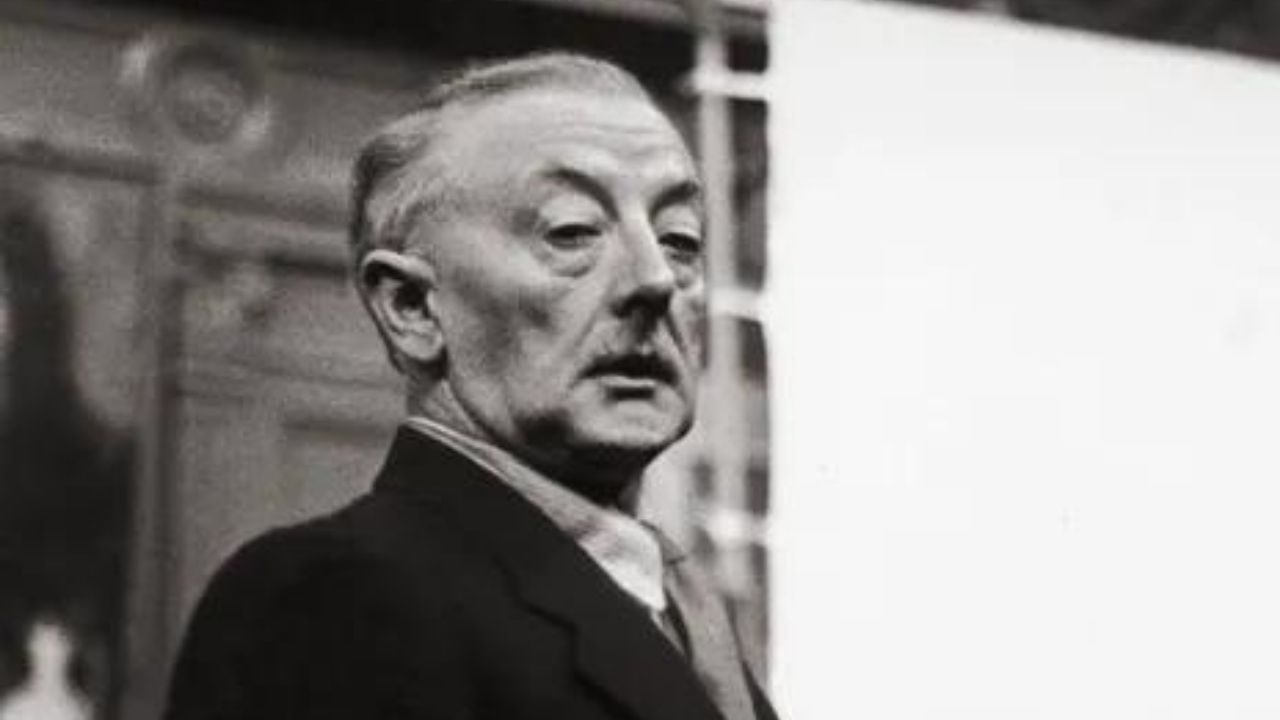
Van Meegeren’s breakthrough in forgery occurred in the 1920s.Jesus at Emmaus” was introduced to the art world. Claimed to be a lost Vermeer masterpiece, this work received critical acclaim and thrust him into the spotlight. The art world hailed him as a genius who discovered the long-lost Vermeer, and his reputation as an artist soared.
His ability to imitate the intricacies of the techniques of the old masters was unmatched. He used period-appropriate pigments, distressed canvases, and even used firing methods to mimic the centuries-old cracks and aging effects seen in authentic paintings. His forgeries It was so convincing that even experts had difficulty detecting fraud.
As World War II engulfed Europe, van Meegeren would use his talents for more sinister purposes.
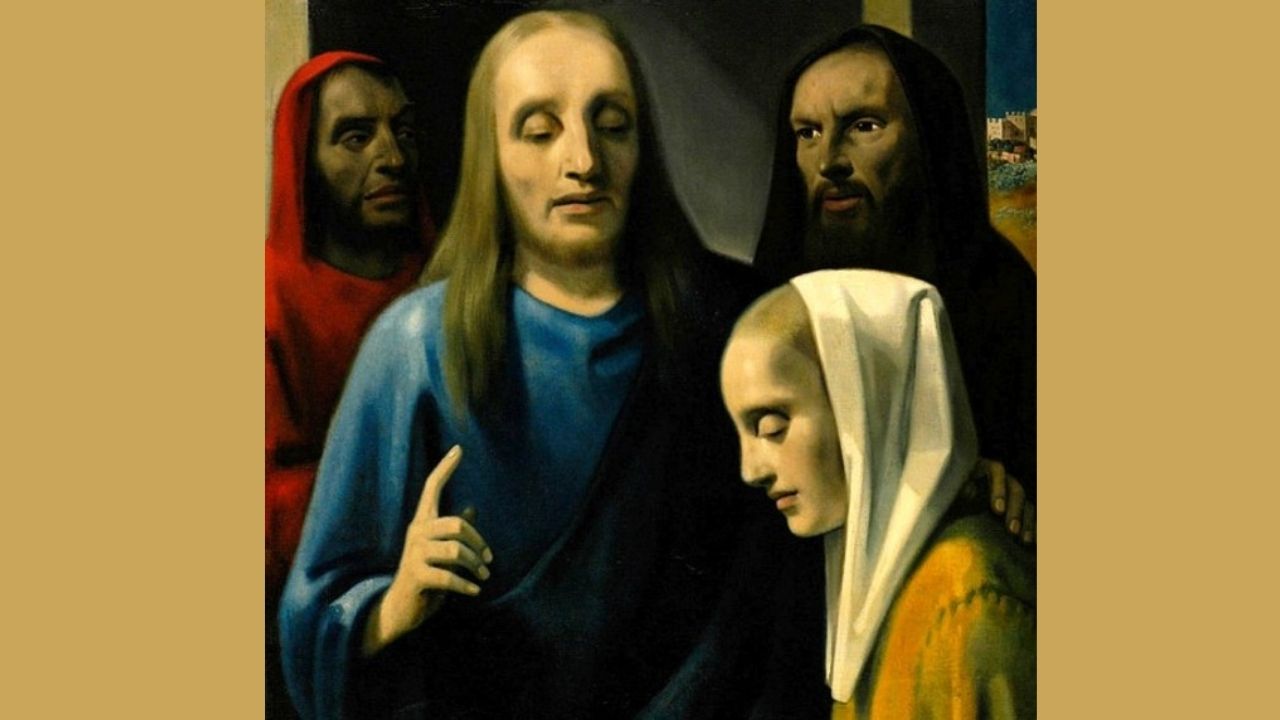
Knowing all too well their obsession with plundering cultural treasures, van Meegeren seized the opportunity and used his forgery skills to create fake masterpieces that they could exchange for real works of art or use as symbols of their conquests. collaboration with the Nazis started doing it.
One of his most notorious forgeries during this period was that of one of the highest-ranking Nazi officials and a notorious art collector. To Hermann Göring The painting he sold was “Jesus and the Adulterous Woman”.
Göring an original Vermeer He believed that this was the case and even gifted van Meegeren a valuable Dutch work of art in return. This transaction revealed the extent to which van Meegeren’s forgery deceived even the most prominent figures of Nazi Germany.
When the war ended and the Nazis were defeated, van Meegeren relationship with the invaders was put under the spotlight.
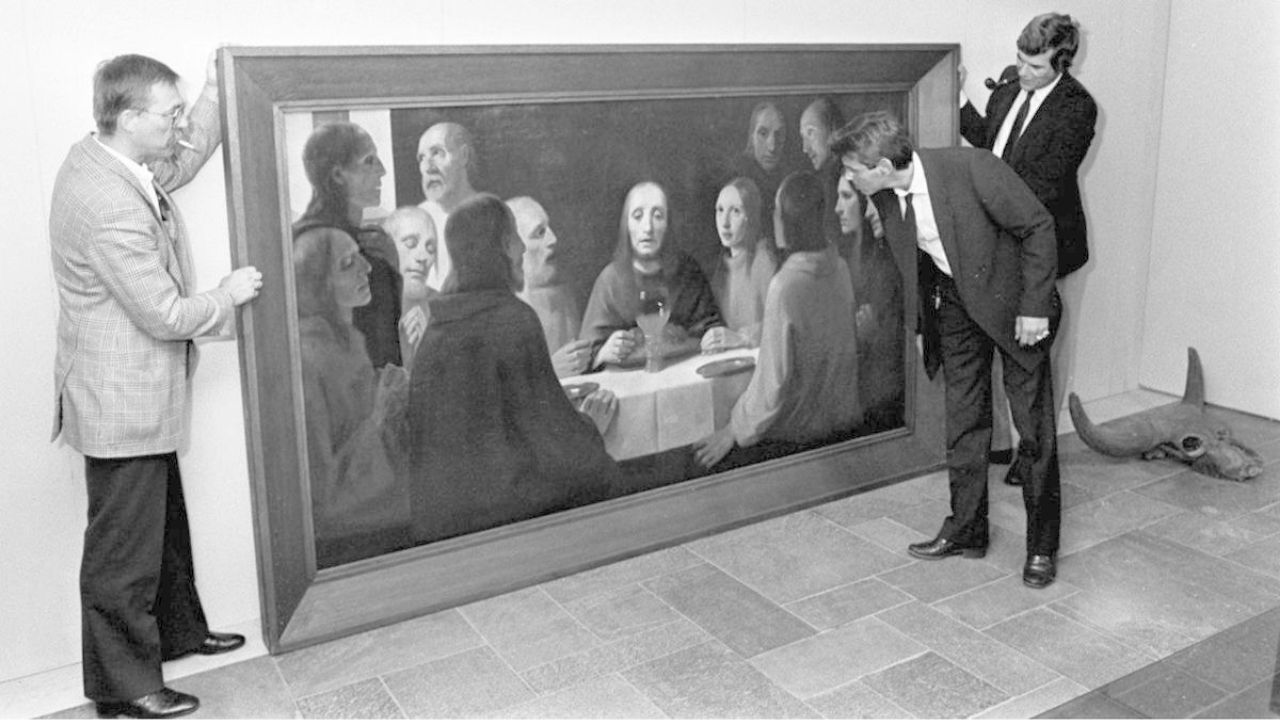
He was arrested by Dutch authorities in 1945 on charges of collaborating with the enemy. Facing a potential death penalty, van Meegeren must prove his innocence and Dimensions of fraud had to reveal it.
Surprisingly, he decided to reveal his secret: the paintings he sold to the Nazis They were actually their own fakes.. To prove this, van Meegeren demonstrated his remarkable ability to recreate Vermeer’s style by creating a new fake painting in his prison cell under police surveillance. His confession turned the case into a sensation, and as a result, instead of cooperation, accused of forgery.
Han van Meegeren His story is undoubtedly complex and morally ambiguous.
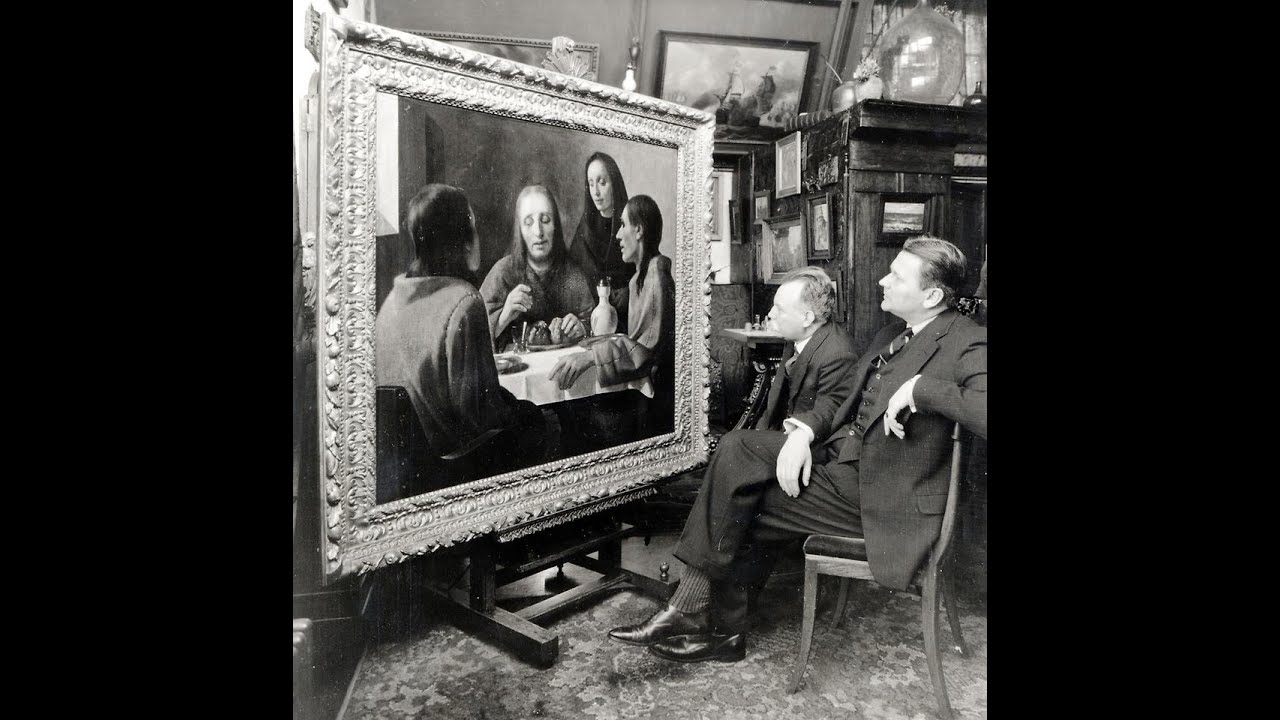
While he deceived the Nazis and took advantage of their obsession with art, he also managed to protect the valuable Dutch cultural heritage from falling into Nazi hands. Once considered masterpieces, his forgeries have become infamous in the art world, only with their technical intelligence but also the ethical dilemmas they raise.
Van Meegeren’s imitations continue to attract the attention of art historians, collectors, and the public. These works reflect the blurred lines between originality and deception in the art world, and even in times of war and conflict. The power that art can have on individuals and nations reminds me.
Ultimately Han van Meegeren His story is a testament to the enduring appeal of art and the complexity of human ambition and morality. His ability to deceive both the Nazis and the art world at large remains a remarkable chapter in the history of art forgery, forever tying his name to a tale of cunning, survival and betrayal.
RELATED NEWS
Inhumane Things Done by Annelies Kohlmann, the Nazis’ Most Ruthless Female Guard
RELATED NEWS
II. The ‘Tragicomic’ Story of the Maginot Line, the 450 Kilometer Wall Built to Prevent the Nazis in World War II
RELATED NEWS
